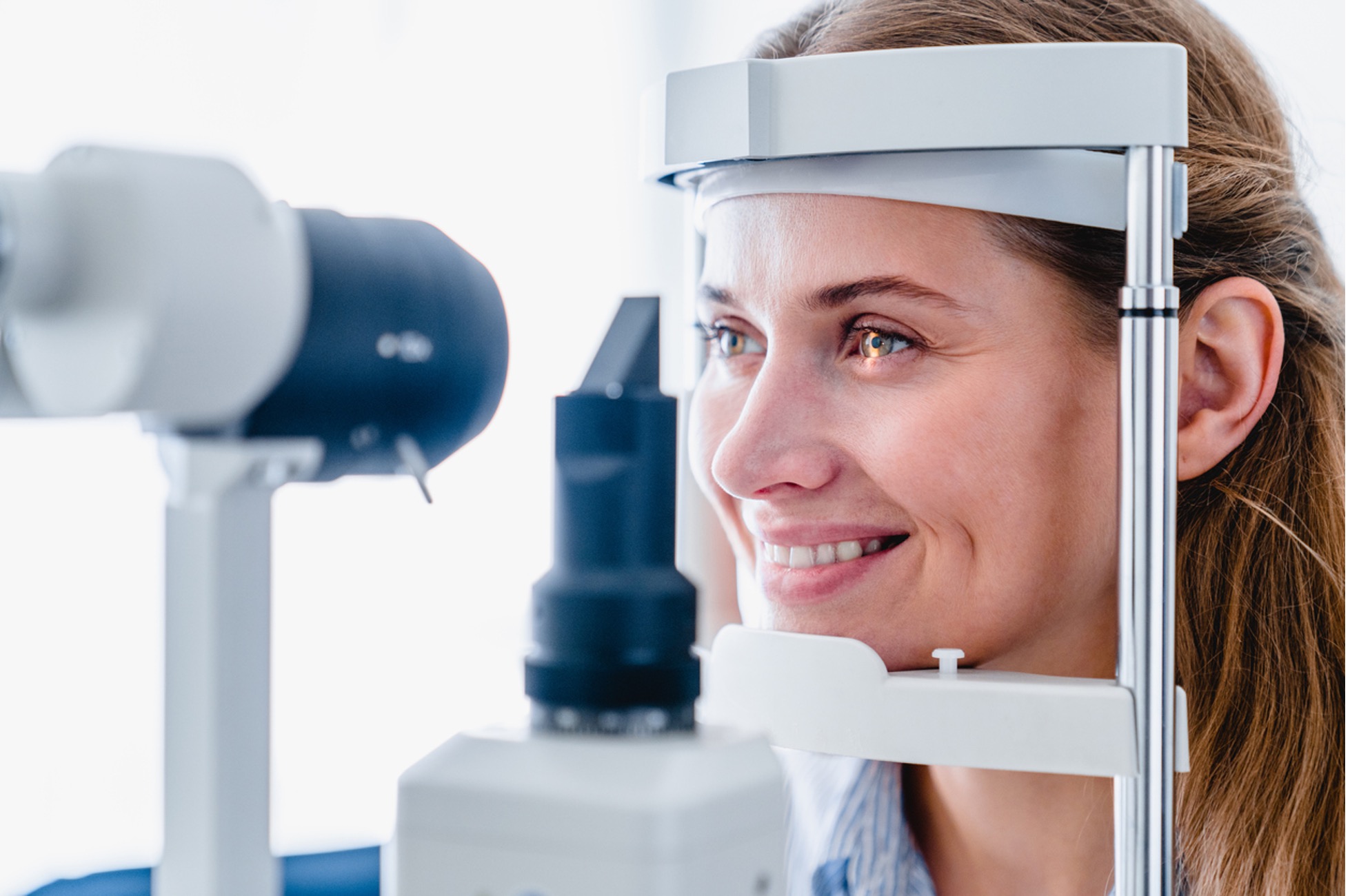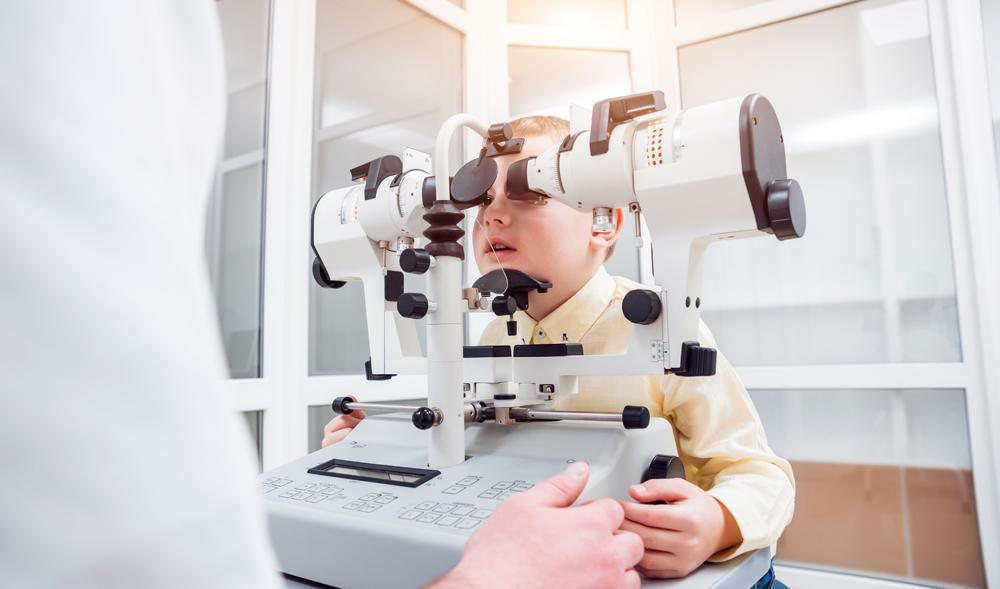The Duty of Advanced Diagnostic Devices in Identifying Eye Disorders
In the world of ophthalmology, the application of advanced analysis tools has reinvented the early identification and monitoring of different eye conditions. From discovering subtle adjustments in the optic nerve to keeping an eye on the development of retinal illness, these innovations play a pivotal function in improving the precision and efficiency of identifying eye conditions. As the demand for precise and prompt medical diagnoses continues to expand, the combination of advanced devices like optical comprehensibility tomography and aesthetic field testing has actually become important in the world of eye treatment. The intricate interplay in between innovation and ocular practices not only clarifies detailed pathologies yet likewise opens doors to tailored treatment strategies.
Significance of Early Medical Diagnosis
Early medical diagnosis plays a crucial function in the effective monitoring and therapy of eye conditions. By finding eye conditions at a very early stage, medical care suppliers can supply suitable therapy strategies tailored to the particular problem, eventually leading to far better end results for individuals.

Modern Technology for Discovering Glaucoma
Innovative diagnostic modern technologies play a crucial role in the very early discovery and tracking of glaucoma, a leading cause of permanent blindness worldwide. An additional innovative tool is aesthetic field testing, which maps the level of sensitivity of a patient's visual field, helping to discover any areas of vision loss feature of glaucoma. These sophisticated diagnostic devices enable ophthalmologists to detect glaucoma in its very early stages, permitting for prompt intervention and much better monitoring of the condition to protect against vision loss.
Function of Optical Coherence Tomography

OCT's capability to evaluate retinal nerve fiber layer thickness permits specific and unbiased measurements, helping in the very early detection of glaucoma even prior to visual field flaws come to be apparent. OCT technology permits longitudinal surveillance of structural adjustments over time, facilitating individualized treatment strategies and timely treatments to assist protect clients' vision. The non-invasive nature of OCT imaging also makes it a preferred choice for monitoring glaucoma progression, as it can be repeated routinely without creating pain to the person. Overall, OCT plays an important duty in boosting the diagnostic precision and management try this website of glaucoma, ultimately adding to better end results for people at risk of vision loss.
Enhancing Medical Diagnosis With Visual Area Testing
An important element in detailed ophthalmic assessments, visual field screening plays a pivotal function in boosting the analysis process for numerous eye conditions. By evaluating the complete level of a person's visual area, this examination offers essential info concerning the functional integrity of the whole aesthetic path, from the retina to the visual cortex.
Aesthetic area screening is especially useful in the medical diagnosis and management of problems such as glaucoma, optic nerve disorders, and numerous neurological diseases that can influence vision. With measurable measurements of peripheral and main vision, medical professionals can discover refined changes that might show the visibility or development of these conditions, also before obvious symptoms take place.
Furthermore, visual field screening allows for the tracking of therapy efficiency, assisting eye doctors customize healing treatments to individual patients. eyecare near me. By tracking adjustments in aesthetic field performance over time, healthcare companies can make enlightened decisions regarding readjusting medications, recommending medical treatments, or carrying out other suitable procedures look at these guys to preserve or enhance a person's visual function
Handling Macular Degeneration

Conclusion
In final thought, progressed diagnostic devices play a vital function in identifying eye disorders beforehand. Technologies such as Optical Comprehensibility Tomography and visual area testing have Source considerably boosted the precision and efficiency of diagnosing problems like glaucoma and macular degeneration. Early detection enables for prompt intervention and administration of these problems, ultimately causing much better end results for people. It is important for health care experts to stay updated on these developments to provide the finest possible look after their clients. eyecare near me.